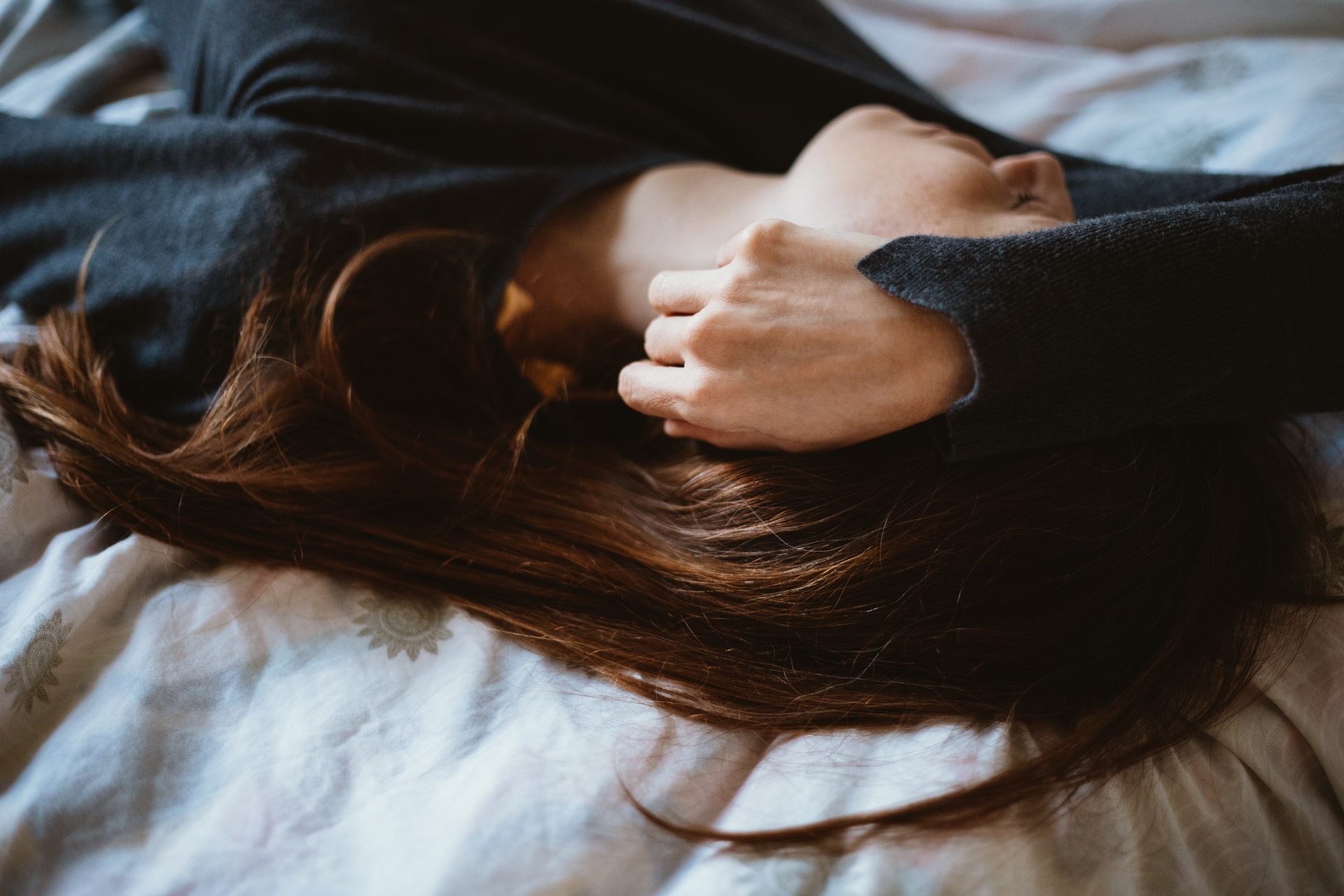We all have sleep problems, but sleep paralysis is a serious and scary condition. So how do you know if you’ve suffered from it?
There’s more to sleep conditions than insomnia, a fact you’ve no doubt realised in your search for a better night’s snooze. Sleep apnoea, delayed sleep phase disorder and sleep disruption are just some of the conditions that might be affecting your chances of a good sleep. And while some sleep conditions may have an easy fix, there are other disorders that are more concerning.
Sleep paralysis is just one of the worrying conditions that can strike while you’re in bed. While some studies suggest it impacts 8% of the population, other experts say up to 40% of people can experience sleep paralysis throughout their life. But how do you know if it’s the cause of your poor slumber?
What is sleep paralysis?
“Sleep paralysis is an inability to move your body when you wake up,” explains sleep expert Dr Kat Lederle. “Typically it lasts for a few seconds or minutes, but it’s a very scary experience for anyone to wake up and not be able to move your body.”
Charlie Morley, an expert in sleep paralysis and author of Wake Up To Sleep, says that the condition can occur in the middle of the night, but usually happens as people are about to awake for the day. “In sleep paralysis, your mind is half awake. You can sense some things from the outside world but your physical body cannot move. You may also experience hallucinations that feel like real imaginary scenes playing out in front of you,” he says.

What’s the difference between dreaming and sleep paralysis?
All of us experience a form of paralysis while we sleep, explains Dr Lederle. “REM sleep is the stage in which we typically have very vivid dreams. At the same time, we experience something called muscle atonia, which is when we lose control of the muscle in our body. The general theory is that happens so we can’t act out our dreams,” she explains.
The difference is that we don’t remember being partially paralysed during REM sleep. “The reason sleep paralysis is a problem itself is because people are conscious when it is happening. That is what makes it scary – you are awake but unable to use your muscles,” Dr Lederle says.
If you’ve never woken up unable to move, you haven’t experienced sleep paralysis. But that doesn’t mean it can’t or won’t happen at some point in your life. “There is a genetic basis for the condition, but for most people, it’s often to do with emotional stress or poor sleep habits,” Dr Lederle explains.
How to prevent sleep paralysis
The usual bedtime hygiene tips are the easiest way to avoid the condition, says Morley. “Avoid anything that might disrupt your usual sleep routine and keep daily stress at bay,” he explains.
If you are someone who has experienced sleep paralysis before, the stress of it happening again can be worrying – but thatanxiety actually makes it worse. “There’s potential for it to disrupt sleep or cause some anxiety and fear about night-time,” adds Morley. “But once you understand what’s happening and how to work with this state, it can be a liberating experience to move past it.”
You may also like
Feeling stressed and anxious before bed? These yoga poses will help you to get to sleep
His first tip for those experiencing sleep paralysis is to avoid resisting it. “If you try to move your body or call out, you are more likely to stay in that state for a little longer. Instead, to break free of the paralysis, try exhaling through your front teeth, making a sound similar to letting air out of a tyre. This relaxation will help to disengage the paralysis mechanism and has helped me personally and many of my students,” says Morley.
He recommends trying the breathing technique while awake so it comes more naturally when your body is in its frozen state. While the chances of experiencing the condition may be low, that unusual tip is one to keep on hand just in case.
Images: Getty
Source: Read Full Article
